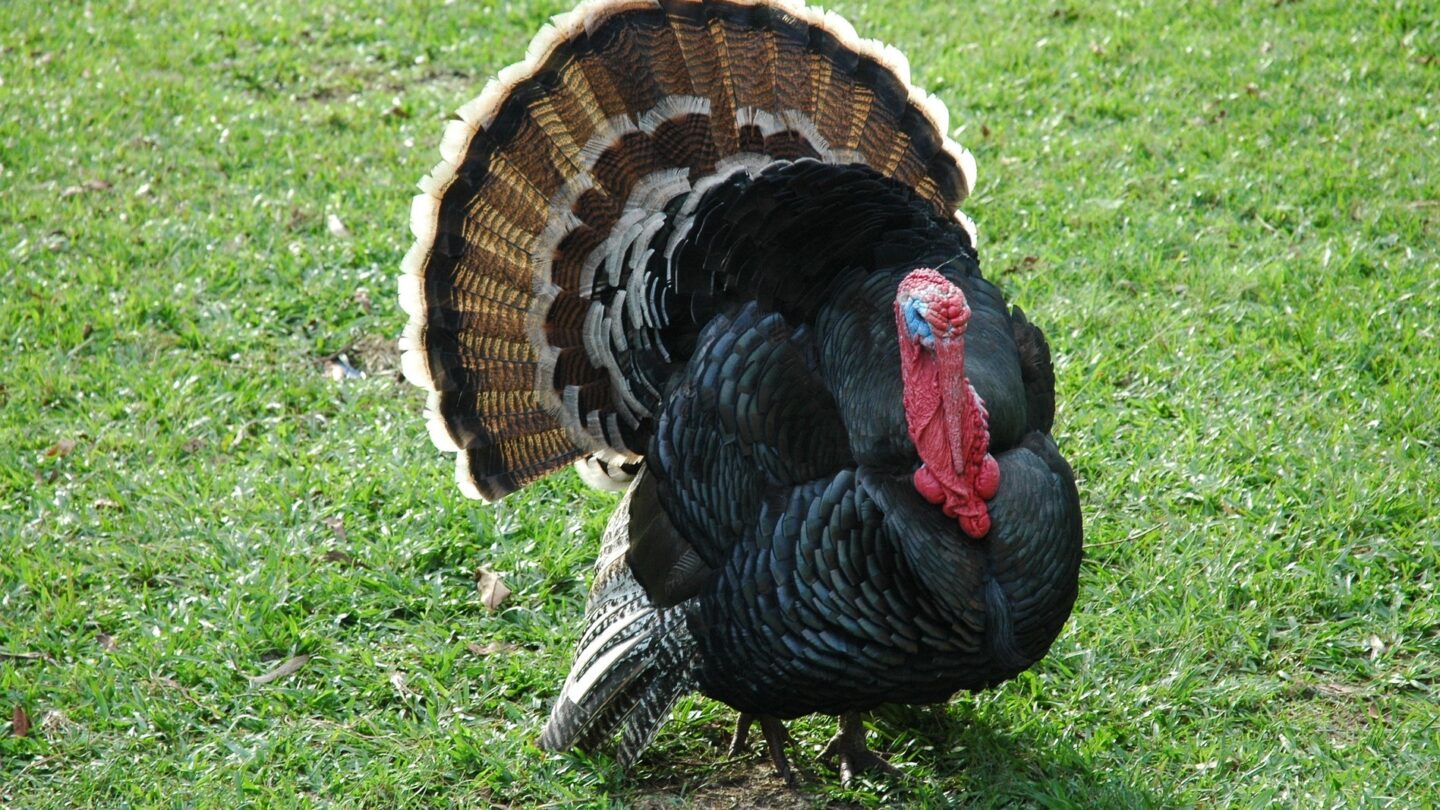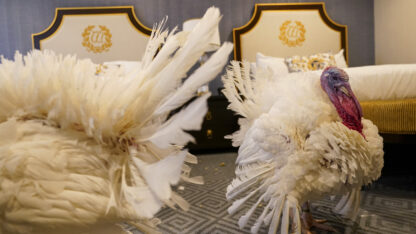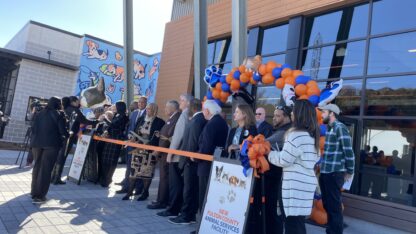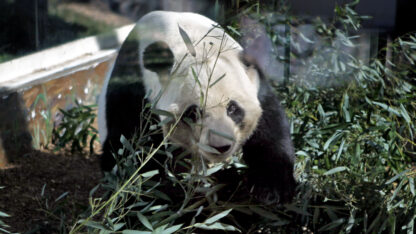The majestic gobble of the wild turkey no longer echoes as loudly through Georgia’s Piedmont region as it once did.
The wild turkey was once considered a conservation success story. In 1973, Georgia’s turkey count was just 17,000, but by 1984, 113,000 of the plump little critters roamed the state. Unfortunately for the turkeys, that growth has been reversed.
“We’ve documented ongoing declines actually for about the last 20 years in turkeys across the southeast, Georgia included,” said Michael Chamberlain, a wild turkey expert and professor at the University of Georgia’s Warnell School of Forestry and Natural Resources. “There’s no question populations have declined, which is reflected in the harvest that has declined quite a bit in the past decade or so.”
Georgia hunters bagged 9,809 turkeys in 2022, down from 11,781 in 2017 and just over 33,000 in 2012, according to data from the Georgia Department of Natural Resources. The department finds that in recent years, the average turkey hen has produced only about 1.5 poults, or baby turkeys. That’s about a third of the peak level in the state and below the break even point of two poults per hen.
“It’s not an issue that’s solely in Georgia or even the southeast,” Chamberlain added. “Those same declines are being documented now in a number of other areas including areas of the mid-Atlantic, areas in the Midwest as well.”
The biggest threat to turkeys is loss of habitat, said Emily Rushton, DNR wildlife biologist and turkey expert. That includes people developing wild lands, clearing forests to create farms or fragmenting the habitat with roads or gas lines.
“We think too that when we restored turkeys into these areas, they were reproducing so well that it sort of inflated the population to levels beyond what naturally should be there, and so part of it is sort of like a leveling off of the population, and there’s also some unknowns too. A lot of states are doing disease research to see if there’s something that’s causing these lower reproductive levels.”
In 2021, Georgia pushed back the start date for turkey season in an attempt to help stave off population decline. Turkeys are the only game bird hunted during their breeding season, Rushton said.
The goal was to start the hunt after the male turkeys, or gobblers, have fulfilled their role in creating the next generation but are still strutting and emitting their namesake noises.
“What we want to do is start the season after the gobblers have bred hens, but while they’re still gobbling to give hunters that enjoyment of calling in birds when they’re gobbling, but also give them time to breed hens,” Rushton said. “We’re trying to get the opening day to turkey season as close to that peak incubation date as we can, when most hens are on nests, but gobblers are still gobbling and responsive to hunters.”
It’s too soon to say whether the change has had an impact, Chamberlain said.
“It’s going to take some time to kind of see a signal, if you will,” he said. “Other states that have made changes, it’s taken several years to start seeing kind of, ‘OK, we’re starting to see some improvements here.’ We’re early in the process, and hopefully things will improve following the regulations changes, but it’s going to take more than just that to right the ship.”
Since most turkeys in Georgia live on private land, restoring the wild turkey will require landowners to prioritize sustaining suitable habitats, he said, adding that he believes the message is starting to get out.
“I think it takes people being aware of the problem, first of all, and being invested in being part of the solution,” he said. “The last few years with the increase in use of social media and the ability for people to obtain information and see that there’s a problem, they now realize that what they’re seeing in their backyards is not entirely different than people in other states.”
Chamberlain offered advice for landowners who want to pitch in for Georgia’s turkeys – take a look at the world from a turkey’s perspective and manage your property accordingly.
“Just drop down on one knee and look around you,” he said. “That seems really simplistic, but if you just do that and look around your property, you can identify areas where turkeys may use or may not use. Turkeys avoid danger primarily with their eyes, so they have to be able to see. If you get out on one knee and you can’t see around you, they can’t either. And that’s not saying they will not be there, but it puts them at a disadvantage relative to predators that are trying to kill them or eat their eggs.”
This story was provided by WABE content partner Georgia Recorder.









